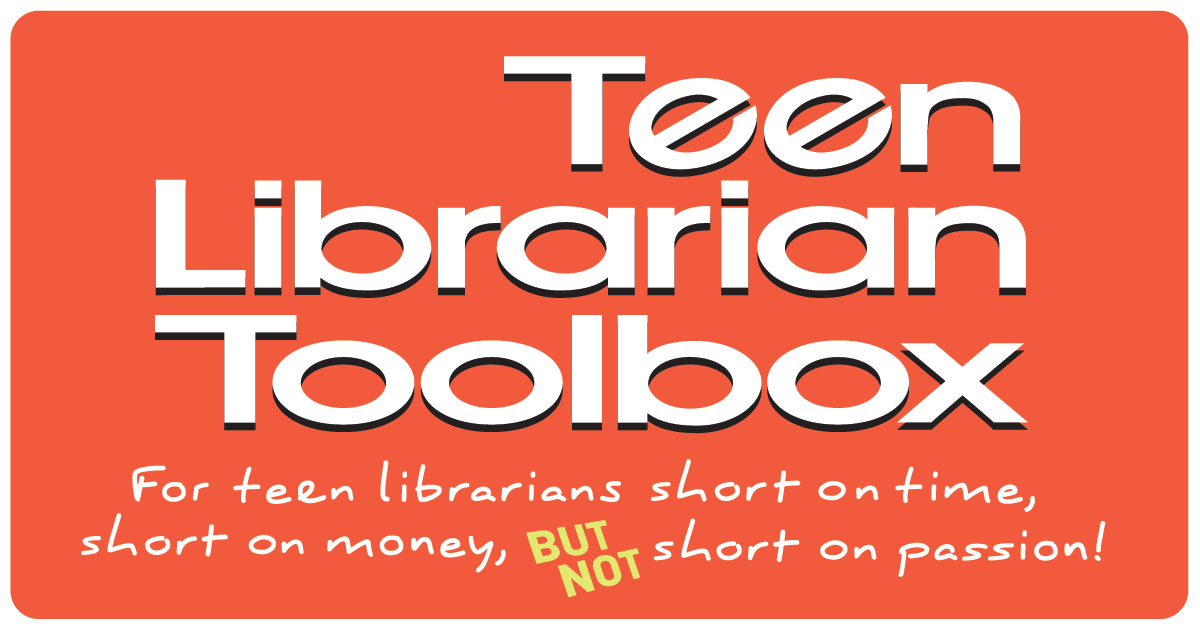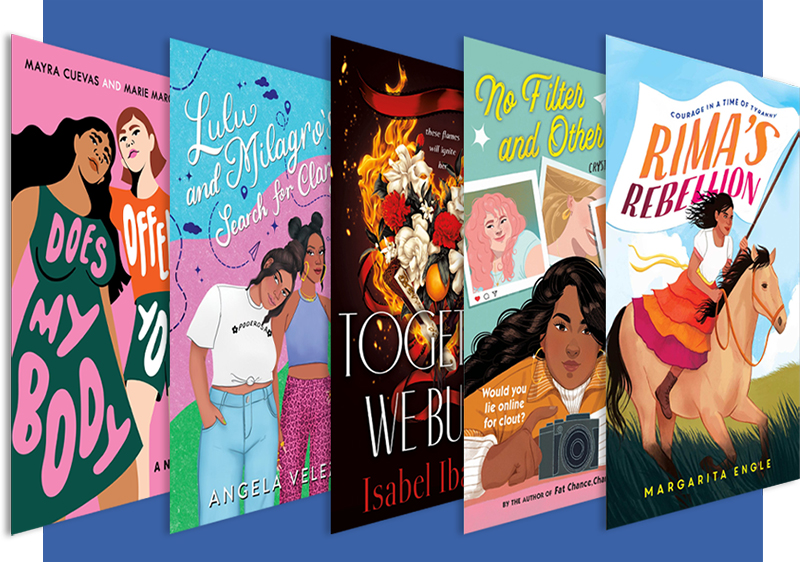TPiB: Jump in head first and start a coding club
Sometimes we talk about things we didn’t learn in library school. The point of that occasional series is to illustrate that a lot of our librarian skills are learned on the job, and to acknowledge that the scope of what we do is wide and ever-changing. Before I get going on how I jumped in head first and started a coding club at my library here’s a list of stuff I never learned in library school:
- the word “makerspace”
- anything about computer games
- Javascript
- what an IDE is
- Teens are itching to get their hands on technology.
- Coding is becoming an essential, if not highly desirable, skill that many kids aren’t getting in school.
- I have successfully been able to use HTML, so chances are I could learn another language.
- Codecademy has a free After School curriculum that a colleague had highly recommended.
So I jumped in, and I think you can too.
ADVERTISEMENT
ADVERTISEMENT
With a little guidance in the Codecademy forums, I set up an every other week schedule and hoped that kids would come. I started out our first session by explaining that I wasn’t an expert; I’d be learning along with them, and that I fully expected that some of them would learn faster than me and be ready to help their peers by the end of the year. They seemed excited about it, and so we dove in together.
Each session, I started out by introducing something small: a video of people talking about how they got into code, or a site that showed how CSS worked, or a cool application for Javascript. Then we would work on the Codecademy tutorials at our own pace. Very quickly I learned that they weren’t really interested in HTML or CSS, rather they wanted to focus on Javascript so that they could write code that people could interact with. So I listened to them and we skipped ahead to Javascript. As long as I worked a few modules ahead of them, I could do a decent job of answering their questions. Another tip: if you have a friend, colleague, or family member who will be at a computer during your coding club times, they may be able to field questions via gchat.
A few months in, I could tell that the work at your own pace technique was great for some things. New members to the club could jump right in at their own level and could join at any time. But it wasn’t so great for other things. The biggest problem was that just learning code wasn’t enough to make the kids feel united together as a club. So we shifted gears again.
 |
| From the Guardian Article below on the Coding Tumblr |
Now, we’re working together to build an interactive, choose your own adventure style game, using Cloud9 IDE as a platform for working together and sharing our code. This shift brought a whole new set of elements into our club meetings. We talked about plot and strategy, and suddenly rather than just wondering how to fix the code that they were working through, they were wondering if they could learn to code entirely new types of things, how video works, and whether they could use their artistic skills to design images for the game.
My goal for them was to have a basic game up and running by Teen Tech Week so that we could put it up on the library’s website and encourage people to play it and give feedback. It may or may not get there in time, but even if it does, that won’t be the marker of a successful club. Here’s how I know it already is successful:
- I have repeat attendees
- They are bringing their friends
- They CALL ME when they aren’t going to make it
- They have a great time when they’re here
- They want to learn more and do more
- I do too
Resources:
Article at Librarified
Lego: We Do ($200.00) – YouTube
Beyond Legos: Coding for Kids
7 Apps for Teaching Coding Skills
Teaching Teens about Digital Literacy Through Coding
Camp for Code: Library program teaches teens basics of programming, robotics
Lifehacker: Learn to Code, the full beginners guide
EdSurge: Teaching Kids to Code
Coding Books on Amazon
Filed under: STEM Education, Technology, Teen Tech Week, TPIB
About Karen Jensen, MLS
Karen Jensen has been a Teen Services Librarian for almost 30 years. She created TLT in 2011 and is the co-editor of The Whole Library Handbook: Teen Services with Heather Booth (ALA Editions, 2014).
ADVERTISEMENT
ADVERTISEMENT
SLJ Blog Network
2024 Books from Pura Belpré Winners
In Memorium: The Great Étienne Delessert Passes Away
Winnie-The-Pooh | Review
Parsing Religion in Public Schools
ADVERTISEMENT










Awesome! Keep up the great work! This sounds like a lot of fun!
My library is trying to offer more tech programs for our kids and teens, and coding has been a popular class in the past. Can you tell me what age or grade range was your coding club included? Thanks